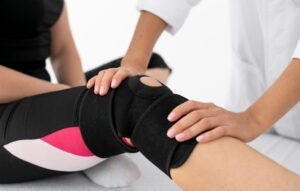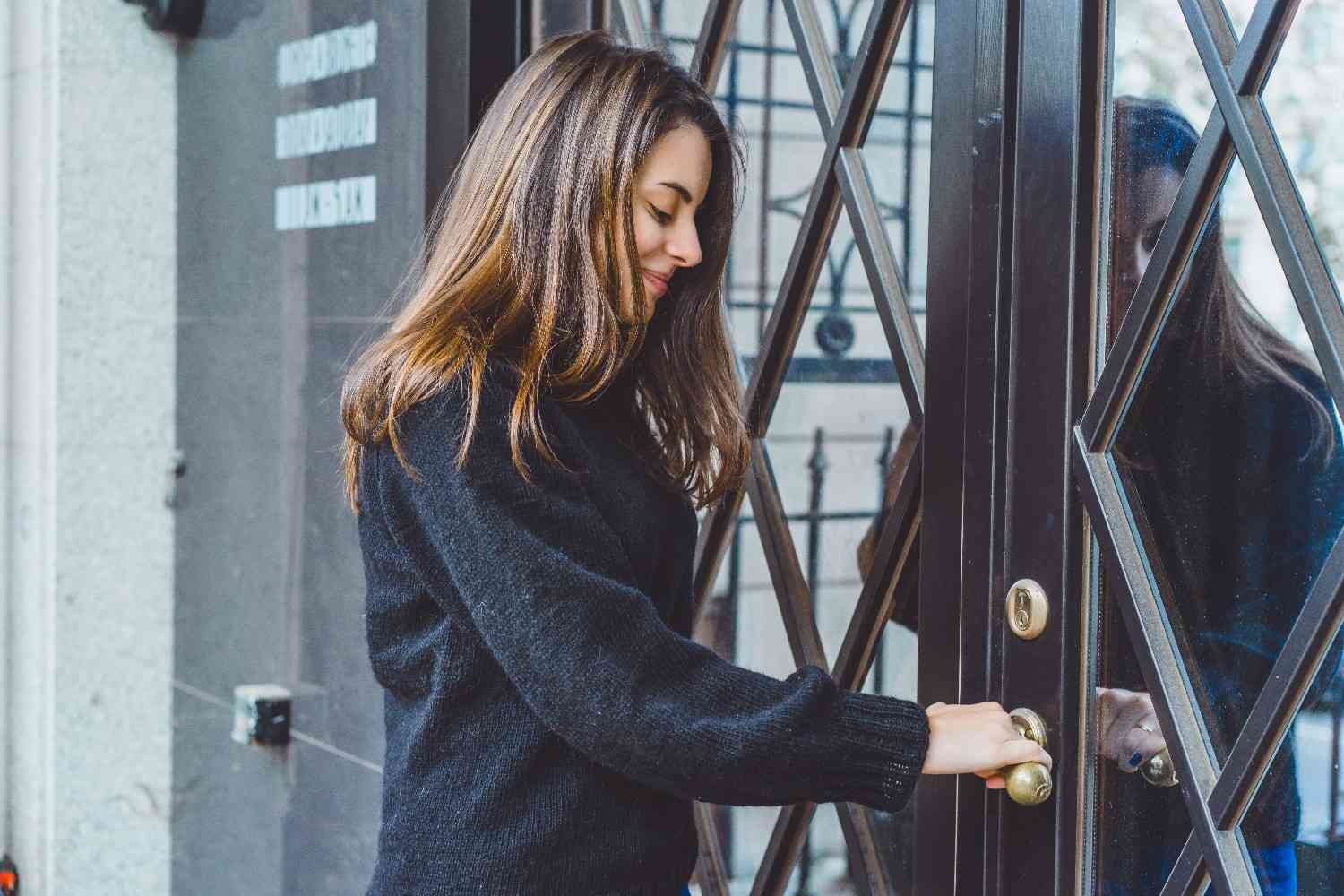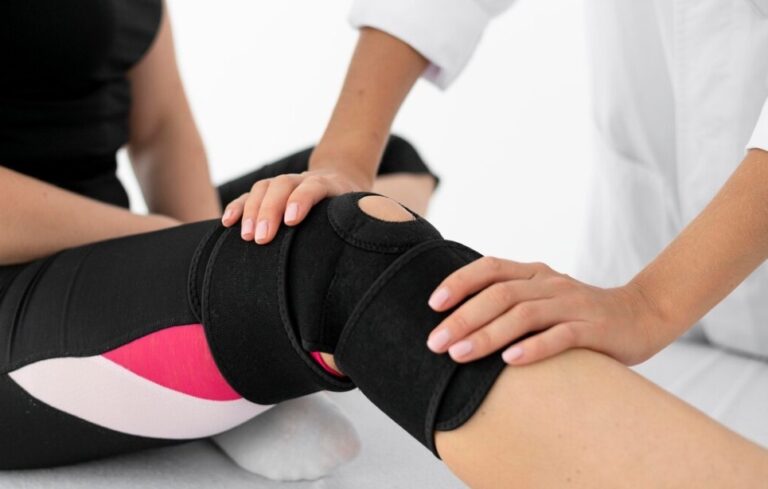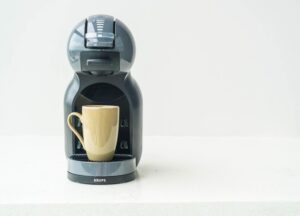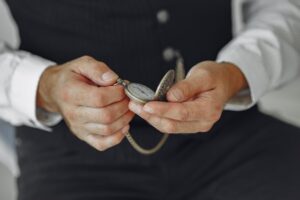I still remember the day I locked myself out of my bedroom—barefoot, coffee in hand, and running late for work. That moment of panic is unforgettable. If you’ve ever stood outside a locked door wishing for a miracle, you’re not alone. Knowing how to unlock a door the right way can save you time, stress, and sometimes even the cost of a locksmith.
In this guide, I’ll walk you through practical, safe, and legal methods to unlock various types of doors—plus when it’s smarter to call a professional.
Understanding the Type of Lock on Your Door
Before trying anything, identify what type of lock you’re dealing with. Different locks require different approaches, and using the wrong one can cause damage. Here’s a quick breakdown:
| Lock Type | Where It’s Found | How to Unlock (Safely) | Professional Help Needed? |
| Keyed Lock | Exterior doors | Use the correct key; troubleshoot stuck key if necessary | Sometimes |
| Spring Latch | Interior doors (bedroom/bath) | Use a credit card or similar plastic card | Rarely |
| Privacy Lock (push button or hole type) | Bathrooms, bedrooms | Use a bobby pin, hex key, or small flat tool | Rarely |
| Deadbolt Lock | Exterior doors, main entries | Key required; locksmith needed if lost | Yes |
| Electronic or Smart Lock | Modern homes/offices | Use app, code, or backup key; reset if malfunctioning | Sometimes |
Understanding the mechanism first helps you avoid forcing the door or damaging the lock hardware.
How to Unlock a Door With a Key
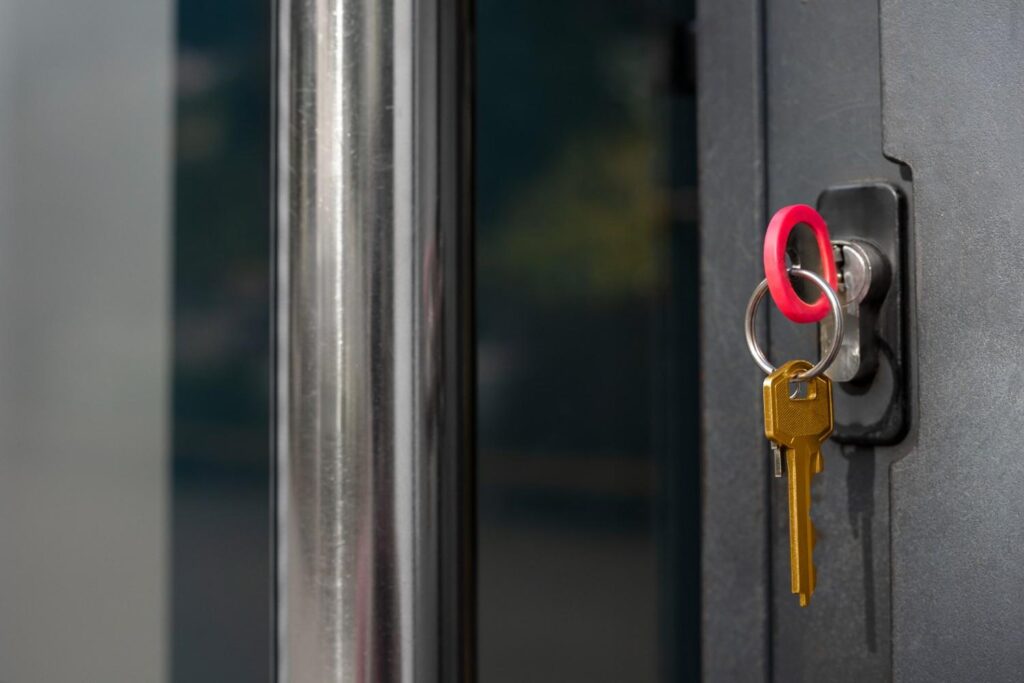
If your door uses a traditional key lock, this is usually the easiest fix—but problems arise when the key gets stuck or won’t turn.
- Insert the correct key fully into the keyhole.
- Turn slowly and firmly—don’t rush. If it resists, avoid excessive force to prevent breaking the key.
- Lubricate if necessary: A small drop of graphite or lock lubricant can loosen internal pins.
- Try wiggling gently: Turning the key back and forth can free stuck pins and align the mechanism.
If your key breaks inside or refuses to turn after several tries, it’s time to call a locksmith. Forcing it can make the repair more expensive later.
How to Unlock a Door With a Credit Card
This method works only for spring-latch locks, not deadbolts or electronic locks. It’s common for interior doors—like a bathroom or bedroom that locks accidentally.
Here’s how to do it safely:
- Pick the right card: Use a flexible plastic card you can afford to bend slightly (avoid your primary debit or ID card).
- Insert between door and frame: Slide it where the latch meets the strike plate.
- Wiggle and push: Move the card back and forth while pressing toward the door frame.
- Twist the handle: When you feel the latch retract, turn the handle to open.
Pro tip: Hold the card at an angle and apply steady pressure. If it doesn’t move, the latch may be too tight or reinforced with metal—don’t force it.
How to Unlock a Door With a Small Tool (Privacy Lock)
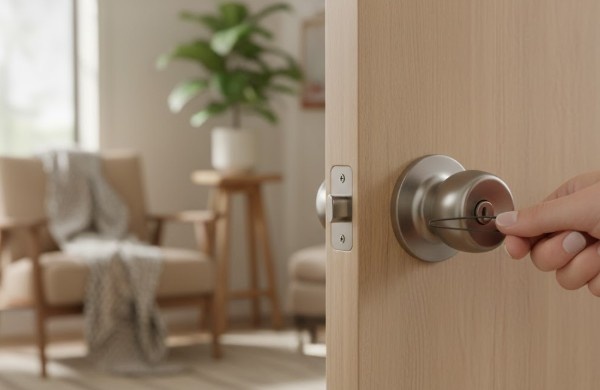
Privacy locks are common on interior doorknobs and can often be opened without a key. If you see a small hole in the center of the knob, you’re in luck.
You’ll need: a bobby pin, hex wrench, or small screwdriver.
Steps:
- Insert the tool straight into the hole.
- Push until you feel resistance.
- Turn or twist gently. Most locks pop open once the release button is pressed or turned.
If this doesn’t work after a few tries, check if the latch is jammed. A light tap on the knob while turning the tool can help.
How to Unlock a Door Without a Key (Alternative Methods)
When the traditional or privacy lock tricks don’t work, there are a few last-resort methods—some require tools and care.
1. Remove the Doorknob
If you can access the screws, removing the knob gives you direct access to the latch mechanism.
- Use a screwdriver to take off the handle.
- Once off, pull the latch mechanism to release the door.
2. Use a Screwdriver in the Knob Slot
Some doors have a visible slot or button in the center of the handle—press or turn it gently with a small screwdriver.
3. Remove the Hinges
If you’re locked out from the outside and can see the hinge pins, tap them out using a screwdriver and hammer. Lift the door carefully from the frame. This is best done only if you’re comfortable rehanging the door afterward.
4. Call a Locksmith
If all else fails, this is the safest and most reliable option. Locksmiths have the expertise to open most doors without damage. They can also rekey locks or provide duplicates to prevent future lockouts.
Safety and Legal Reminders
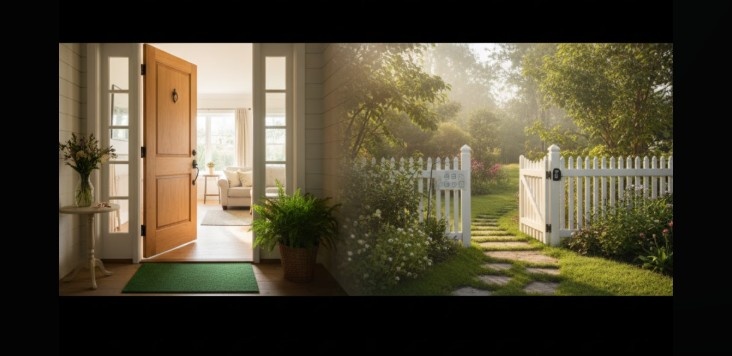
Knowing how to unlock a door should never be used to access someone else’s property. Always ensure:
- You have permission to enter.
- You’re unlocking your own home, room, or authorized space.
- You stop immediately if you suspect damage or illegal entry concerns.
If you’re renting or in a shared space, contact the property manager or landlord before attempting physical methods.
How to Prevent Future Lockouts
Once you’ve escaped your current predicament, take a few steps to avoid repeating it.
1. Create Spare Keys
Keep an extra key with a trusted friend, neighbor, or in a secure key box outside your home.
2. Install Smart Locks
Modern smart locks use phone apps, fingerprint sensors, or PIN codes—no physical key required.
3. Routine Maintenance
Dust, debris, and moisture can jam locks. Apply a drop of lock lubricant every few months.
4. Label and Store Keys Safely
Avoid mixing similar-looking keys. Use color-coded tags or engravings for clarity.
5. Upgrade Outdated Locks
If your locks stick frequently, consider upgrading. A sturdy lock improves both convenience and security.
Locksmith vs. DIY: Which Is Better?
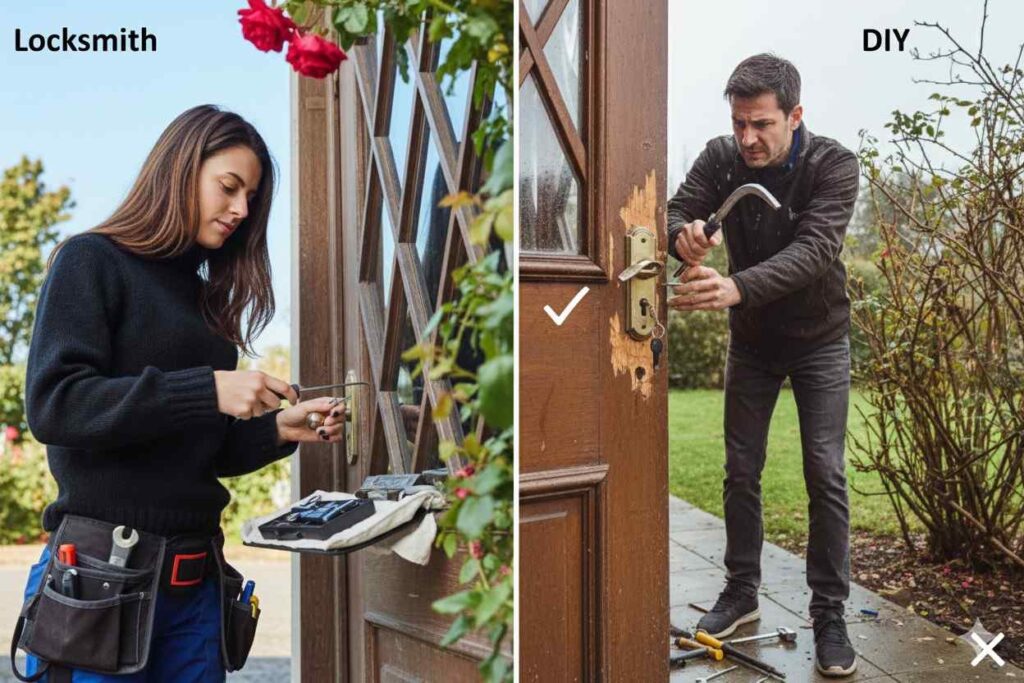
| Scenario | DIY Friendly? | Call a Locksmith? |
| Locked bathroom or bedroom (privacy lock) | Yes | Not needed |
| Stuck key in a simple door lock | Maybe | If jammed or broken |
| Exterior deadbolt lockout | No | Definitely |
| Lost all house keys | No | Rekey or replace |
| Lock malfunction or breakage | Partial | Safe option |
The rule of thumb: if you’re not sure, don’t risk damaging your door or lock. Professional locksmiths save both time and repair costs.
Also Read: hang towels in bathroom
FAQs About How to Unlock a Door
1. Can I really unlock a door with a credit card?
Yes—but only if it’s a spring-latch lock. It won’t work on deadbolts or reinforced frames. Use a flexible card, not a stiff one like a driver’s license.
2. Is it legal to unlock a door without a key?
It’s legal only if it’s your property or you have explicit permission. Attempting to open someone else’s door without consent is illegal.
3. How much does a locksmith usually charge?
Prices vary, but residential lockout services typically cost between $50–$150 depending on time, complexity, and location. Emergency night calls may cost more.
4. What should I do if my key breaks inside the lock?
Don’t force it. Use needle-nose pliers to remove the visible part. If the fragment is deep, call a locksmith immediately to avoid damaging the cylinder.
5. Do electronic or smart locks get stuck too?
They can—usually due to low batteries or mechanical failure. Always keep spare batteries and a physical backup key for emergencies.
The Final Turn: Staying Calm Is Key
Being locked out is stressful, but panic never helps. Whether you’re using a key, card, or small tool, patience and precision matter more than strength. I’ve learned that understanding how to unlock a door isn’t just about getting inside—it’s about doing so safely, confidently, and responsibly.
If your DIY attempts don’t work, remember: locksmiths exist for a reason. Sometimes the best move isn’t forcing a lock—it’s calling a pro and saving your door (and sanity) in the process.

